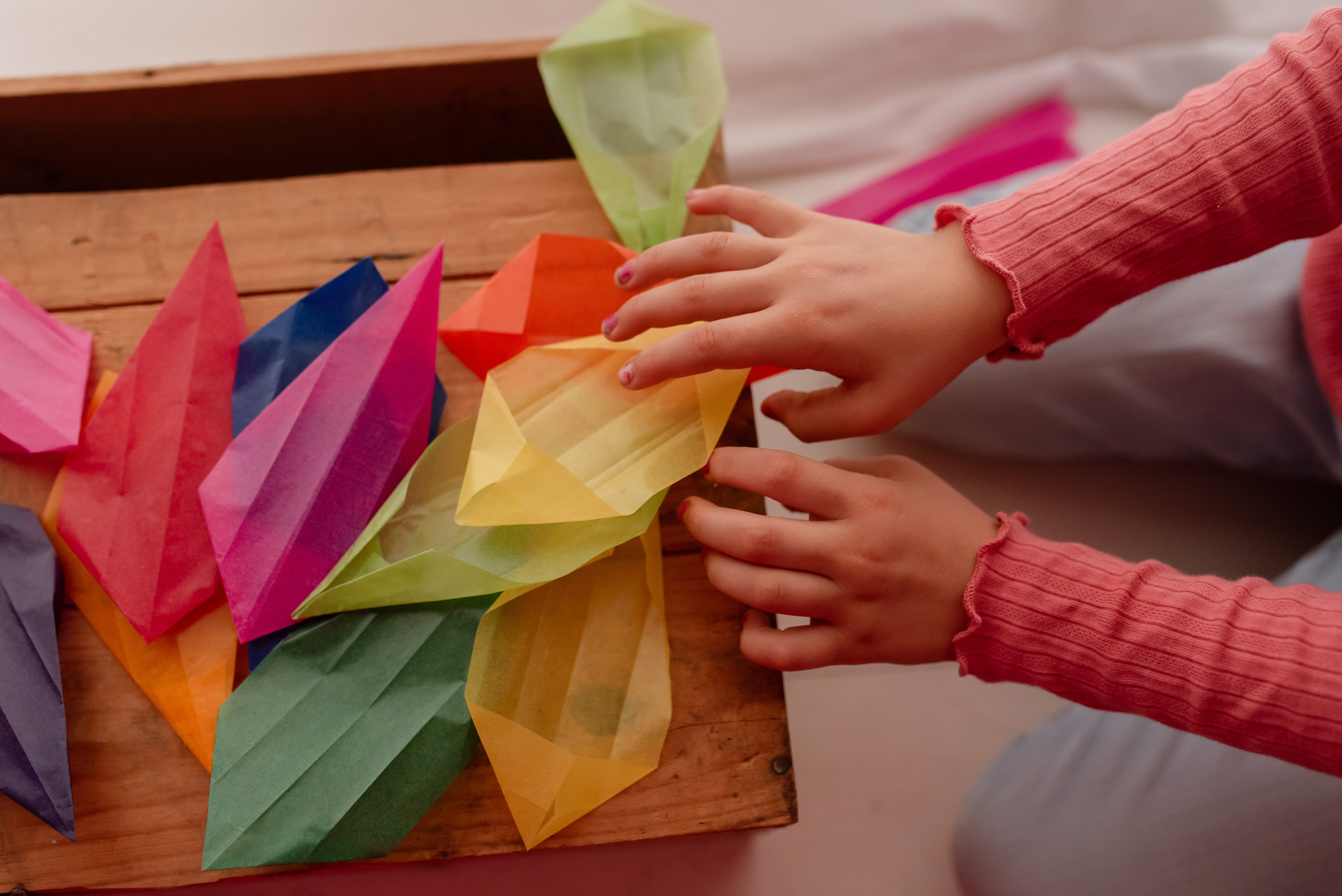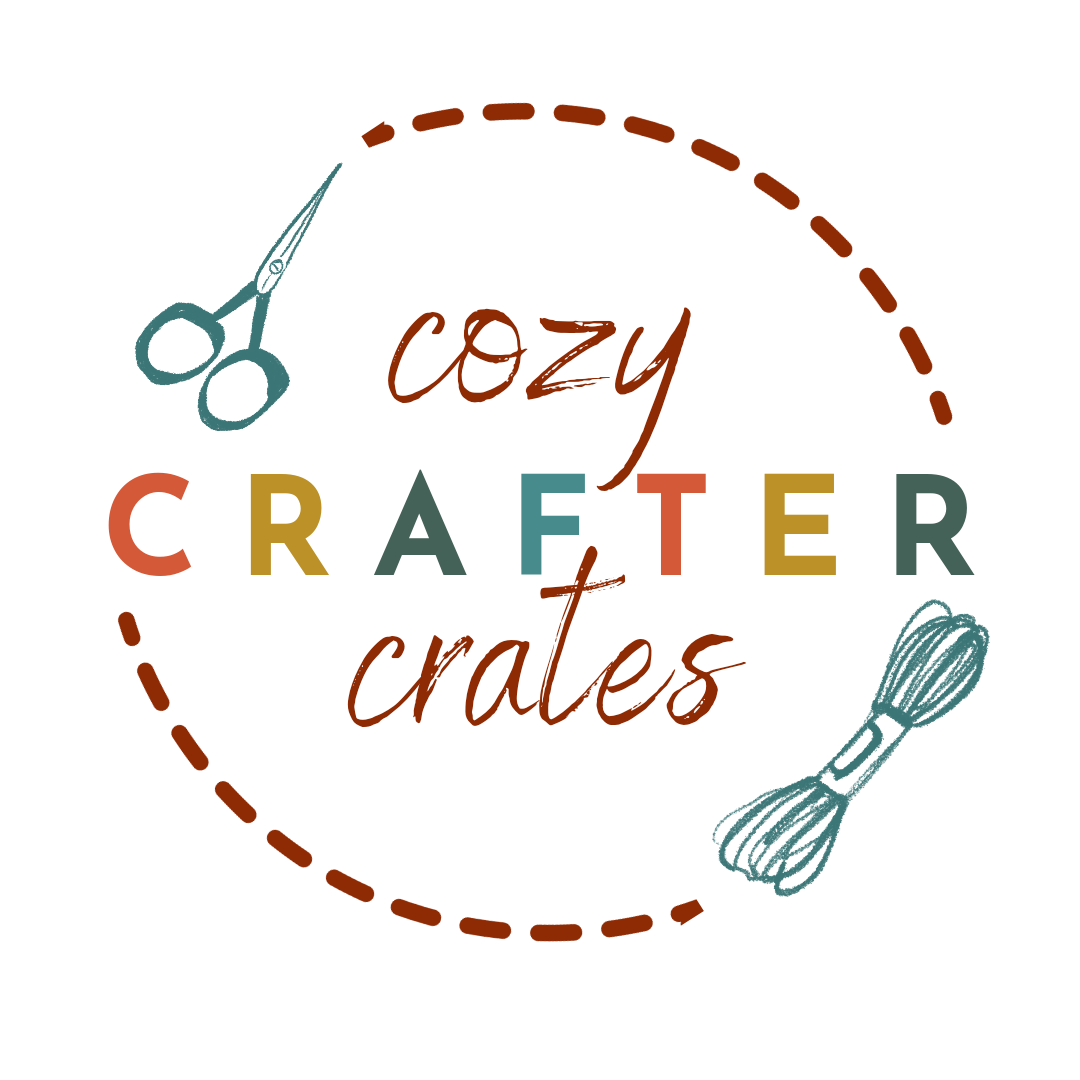Much of my childhood was spent on creative projects. My parents never owned a TV and computers and cell phones were still becoming mainstream. This meant that I spent hours creating with my hands! One very strong childhood memory I have is of creating paper birds that could fly.
A couple years ago I asked my mom if she still had the book or knew what it was, but she didn't. And since I couldn't remember the title no amount of googling turned up any results. Then a couple weeks ago I happened to walk down an aisle of our local library, and voila! There it was!!
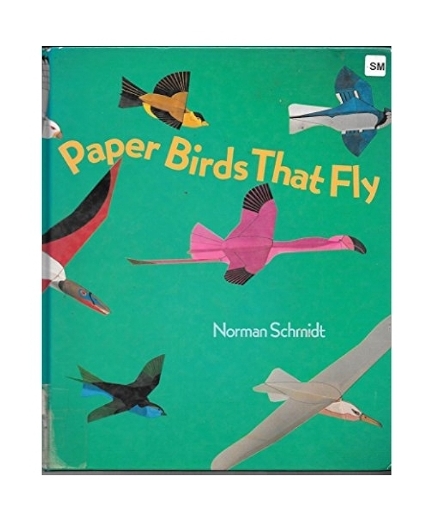
I immediately checked it out and this week, my kids and I had a delightful time learning how to fold a goldfinch and a pterosaur.
This book has 15 different birds to fold and fly. Anything from cardinals to hawks to an albatross.
The book begins by detailing the dynamics of flight and how birds can fly. The rest of the book is step by step instructions, measurements, and photos so that you can make your very own bird that flies!
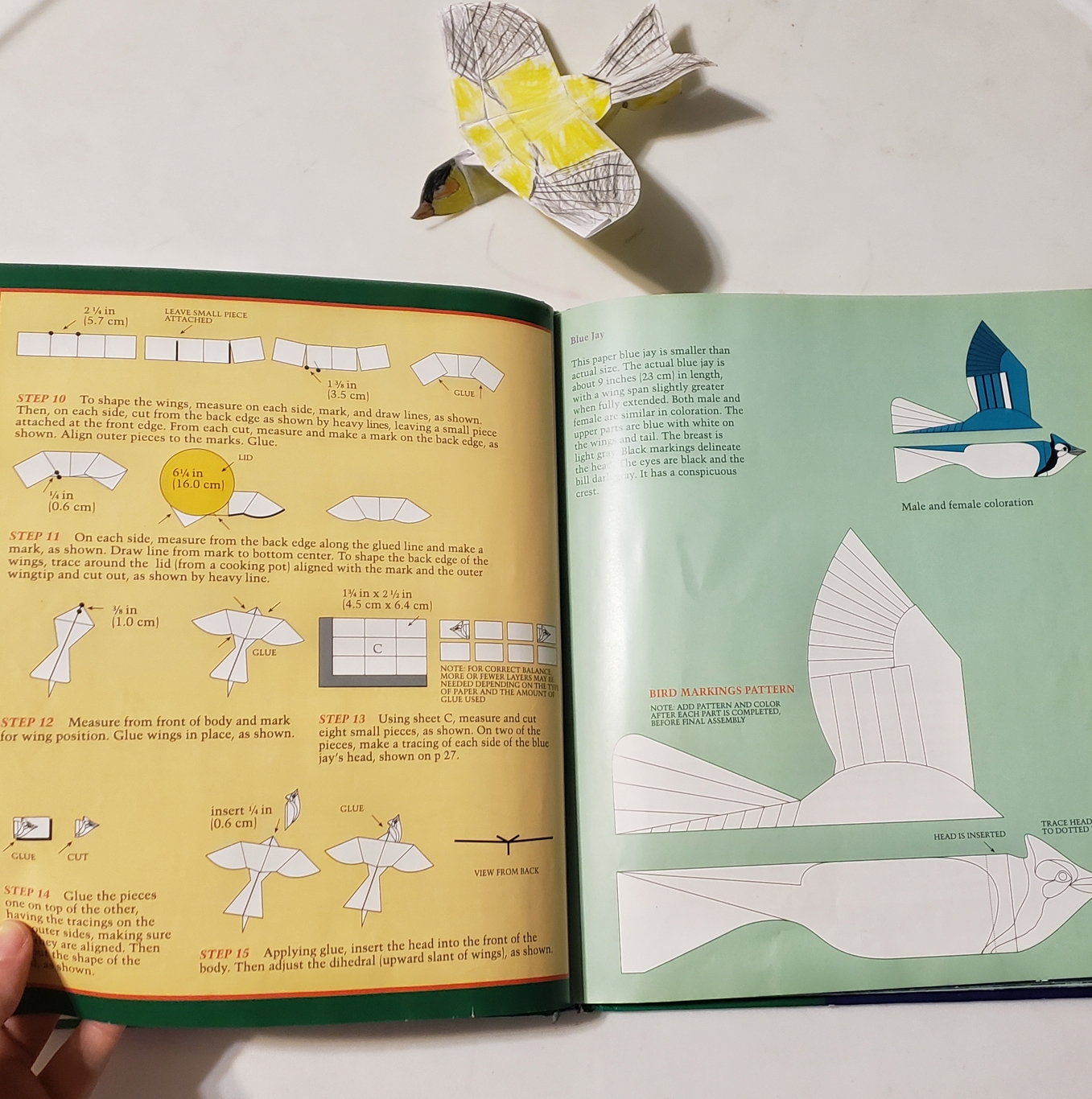
Not only will your child be excited about making their own birds, they will get a lot of hands on practice with measuring and making precise folds. I hope you can find this book and make your own flock of birds!
Why Your Child Should Be Folding Paper
In an era of digital distractions, there’s something special about the simple act of folding paper. While origami might be the first thing that comes to mind, there’s another traditional paper craft that deserves recognition—Paper Sloyd. This forgotten method of teaching children through hands-on paper folding is more than just an art; it’s a tool for developing essential life skills.
What Is Paper Sloyd?
Paper Sloyd originated in Sweden in the late 19th century as part of a broader movement to teach children practical, hands-on skills. It was introduced in schools as a way to build dexterity, patience, and problem-solving abilities. Unlike decorative paper folding, Paper Sloyd focuses on creating useful objects such as envelopes, boxes, and geometric shapes, preparing children for more advanced handicrafts like woodworking and sewing.
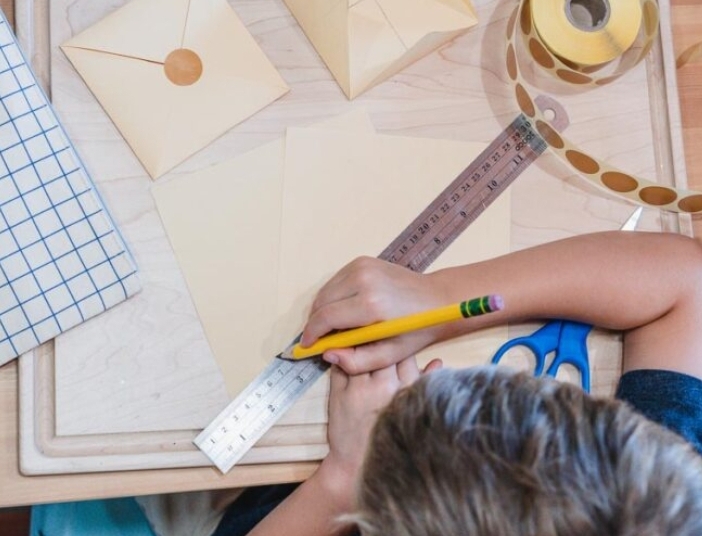
The Benefits of Paper Sloyd
1. Develops Fine Motor Skills
Cutting, folding, and creasing paper strengthens the small muscles in children's hands, improving their dexterity and coordination. This is especially helpful for young learners as they prepare for handwriting and other detailed tasks.
2. Boosts Spatial Awareness & Geometry Skills
Folding paper into precise shapes teaches children about symmetry, measurement, and geometric principles in a hands-on way. It helps them understand mathematical concepts without the need for worksheets.
3. Encourages Independence & Problem-Solving
Following step-by-step instructions and manipulating paper to create a desired outcome teaches children perseverance and logical thinking. If a fold isn’t perfect, they must analyze the mistake and correct it—an essential life skill.
4. Cultivates Patience & Focus
Paper Sloyd requires concentration and attention to detail. In a fast-paced world, these quiet, focused activities help children develop patience and mindfulness, which can improve their ability to learn in other areas.
5. Introduces Practical Handicraft Skills
Sloyd was designed to be a stepping stone to more advanced handicrafts. The skills learned in paper folding—precision, measuring, and careful cutting—translate directly to sewing, leatherwork, and woodworking.
6. Provides a Screen-Free Creative Outlet
In an age where digital entertainment dominates, Paper Sloyd offers a simple, engaging alternative that requires no technology. It’s a hands-on way for children to create, problem-solve, and build confidence in their abilities.
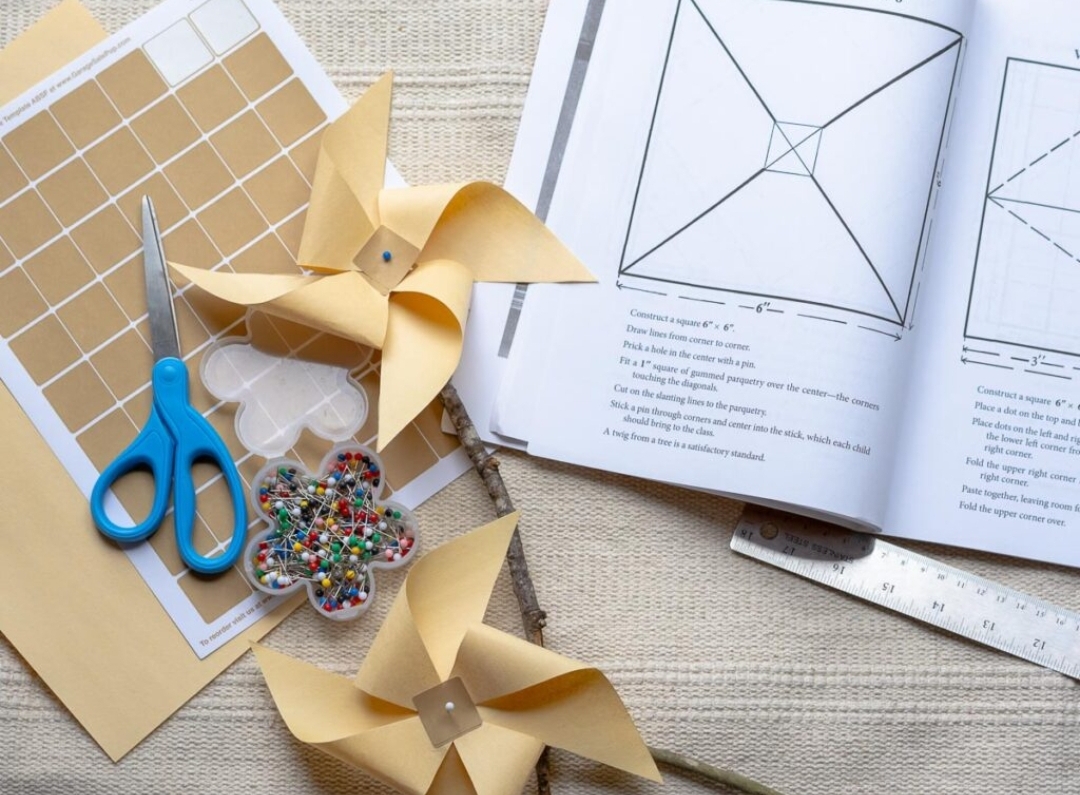
Simple Paper Sloyd Projects to Try
If you want to introduce Paper Sloyd to your child, start with these simple projects:
- Paper Envelope – A practical way to introduce basic folding techniques.
- Square Box – Teaches accuracy and symmetry.
- Bookmark with a Folded Corner – A useful and easy first project.
- Folded House or Tent Shape – Encourages imagination while reinforcing geometric shapes.
- A Paper Pin Wheel - A project that appears more complicated but is actually quite easy.
Bringing Back Paper Sloyd
Charlotte Mason, a well-known advocate of hands-on education, emphasized the importance of handicrafts that were practical, beautiful, and meaningful. Paper Sloyd fits perfectly within this philosophy. It teaches children patience, precision, and real-world skills—things that modern education often overlooks.
So, the next time you're looking for a meaningful craft for your child, consider skipping the screens and reaching for a simple sheet of paper. In just a few folds, they'll be learning skills that last a lifetime.
